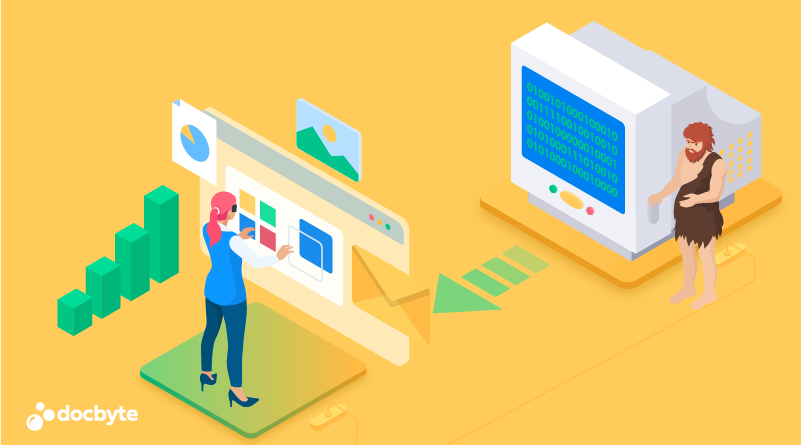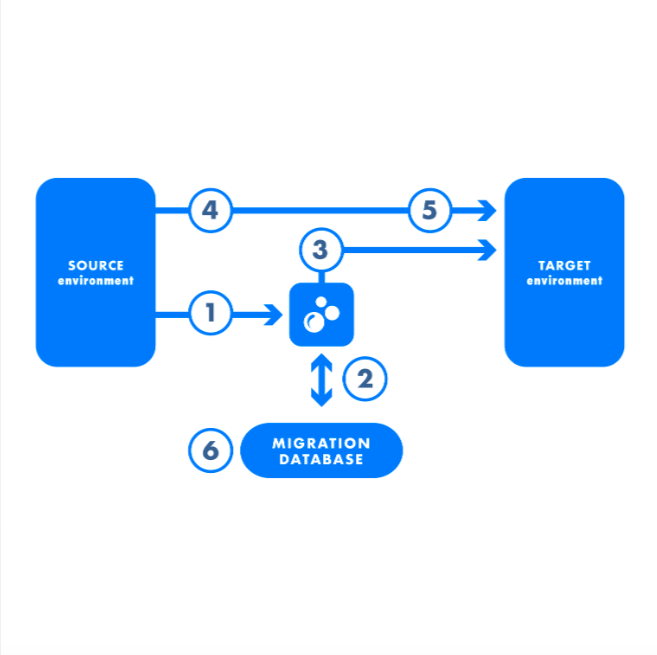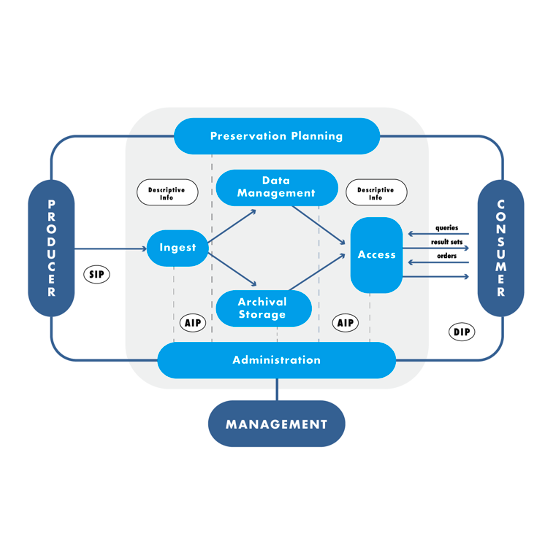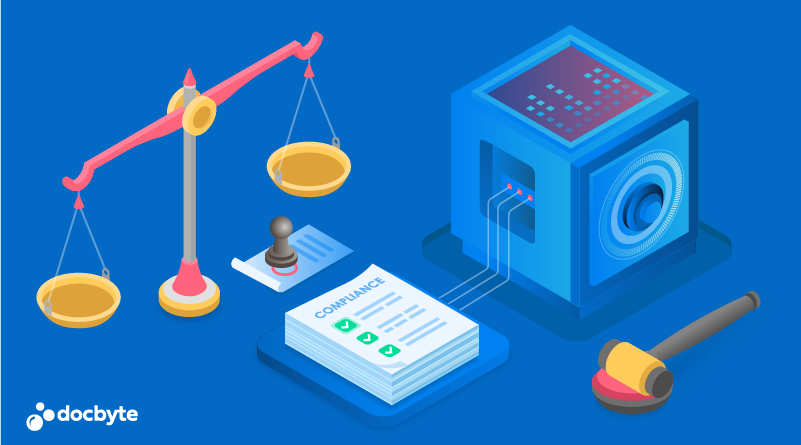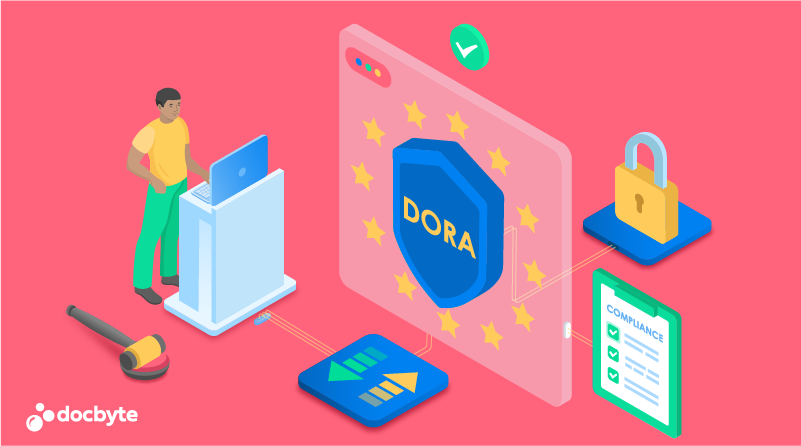For IT specialists specialised in Document Management or Enterprise Content Management systems, “content migration” often heralds a season of challenges and strategic planning. Migrating business-critical information from one system to another—e.g., from Documentum or FileNet to newer platforms — is not merely a task; it’s a finely balanced art that demands precision, foresight, and technological finesse. This comprehensive guide dissects content migration’s intricacies and illuminates the path to successful transitions.
What is Content Migration?
Content migration involves transferring digital content from one storage system to another. In Documentum, a widely utilised enterprise content management system, migration might be necessary for system upgrades, platform shifts, or the adoption of more flexible cloud storage solutions.
There are several reasons why one would like to perform content migration:
- Compliance reasons:
- Migrating information to a real archiving solution that manages retention periods, authenticity and digital preservation
- Compliance with eIDAS, NIS2, DORA, GDPR or MiFID II
- Cyber Resilience:
- Obsolete and ill-maintained systems pose a cyber risk
- Eliminating old, legacy systems to reduce cyber risk
- Cost Reduction:
- Reducing the TCO of your IT Landscape
- Application Modernization
Content Migration Tools
Tools are potent aids in migrations involving Documentum, Filenet, SharePoint, Alfresco, Nuxeo, Filesystem, Veeva, among others. Different tools can cater to various aspects of the migration process.
However, carefully considering critical features is paramount when seeking the optimal tool for content migration. Firstly, consolidation is pivotal in seamlessly merging content from diverse sources into a cohesive and standardised format, ensuring uniformity and accessibility.
Enrichment, another crucial aspect, involves augmenting the value of content by implementing categorisation, tagging, or enhancing metadata, thereby facilitating improved organisation and retrieval.
Lastly, synchronisation ensures the real-time updating of multiple systems throughout the transition process, fostering a seamless and efficient migration experience. These features collectively contribute to a robust content migration tool, streamlining the transfer of information with precision and efficacy.
Challenges in Migration
One of the most prominent issues surrounding content migration is system downtime. It’s often an inevitable yet unacceptable side effect of migration that halts organisational operations. With time and financial constraints that frequently exceed projections, IT specialists face the formidable task of mitigating interruptions and keeping costs within budget.
Overview of the Content Migration Process
- Extraction: Data is extracted from the source environment.
- Data Handling: The data might be temporarily stored or processed in a database symbol, suggesting a transformation or staging area in the migration process.
- Enhancement/Transformation: Data can be enriched or transformed, potentially through scripts or machine learning.
- Data Transfer: The data is moved from the source towards the target system.
- Loading: Data is loaded into the target environment, completing the migration.
- Migration Database: This database represents the data handling and transformation steps that ensure data integrity and accuracy before the final migration to the target system.
The Data Migration Process with SyncServer
SyncServer orchestrates content consolidation from myriad sources, enabling scripting for data enrichment—and even leveraging external services or machine learning for data classification and extraction.
The resultant process, akin to “fire and forget,” minimises the need for human intervention. It’s a setup that prompts the system to launch or re-initiate processes, ensuring continuity and efficiency automatically.
Data Migration Strategy
A sound migration strategy aims to be as seamless as possible:
- Real-Time Migration: Conduct migrations in real-time to avoid operational pauses.
- Cost-Effectiveness: Ascertain that the migration process saves rather than drains resources.
- Retention of Relevance: Ensure all crucial information migrates without compromising on its significance.
- Synchronisation: Maintain multiple systems in harmony to prevent data fragmentation.
- Phased User Transition: Introduce users to the new system in stages to ensure adaptability and proficiency.
- Zero Downtime: Strive for a migration process that allows uninterrupted business functioning.
Data Migration Steps and Checklist
Effective content migration requires meticulous planning and execution. Implement a well-thought-out sequence of actions accompanied by a thorough checklist:
- Pre-Migration Assessment: Evaluate existing content and systems to determine migration scope.
- Selecting the Right Tools: Choose migration tools that align with organisational goals, data complexity, and migration depth.
- Data Backup: Secure all data before initiation to prevent any loss.
- Mapping: Outline how and where each content piece will reside post-migration.
- Pilot Testing: Start with a controlled trial migration to mitigate potential obstacles.
- Execution: Proceed with the full-scale migration, applying insights from pilot tests.
- Validation and Testing: Conduct thorough post-migration reviews to ensure data integrity and functionality.
- Training and Support: Provide ample training to users on the new system and maintain robust support for resolving teething issues.
With these steps, your content migration can be a structured journey towards operational excellence and innovation. The emphasis remains on maintaining business continuity, enriching data quality, and heightening user satisfaction.
In the digital era’s constantly evolving screenplay, these efforts ensure that your organisation doesn’t merely keep up but stands out victoriously in a data-driven world.

